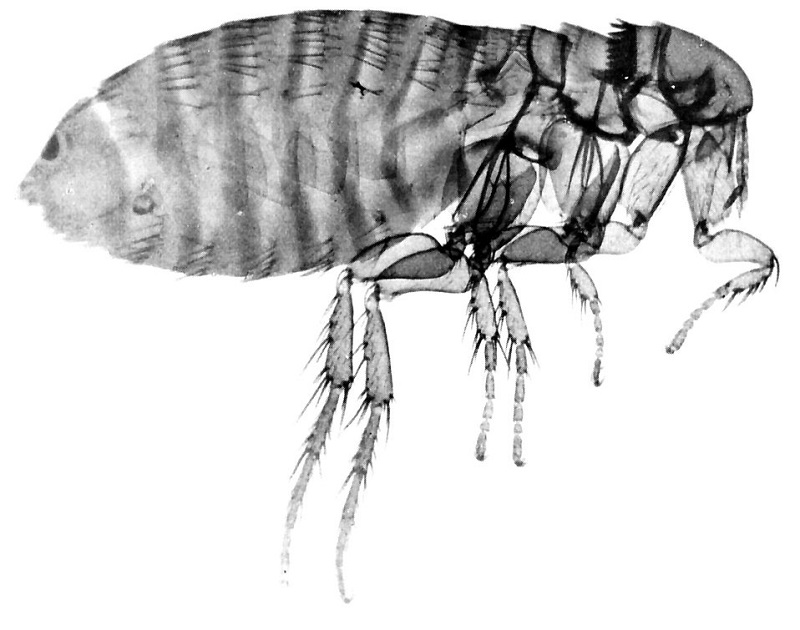Fleas are modest irritations because they are so little; they can be difficult to recognize, and significantly harder to dispose of. Fleas are made with a hard external shell so as to withstand troublesome conditions. When the climate gets hotter, this insect starts to transform into an annoying issue for you and your pet.
Here are things you didn’t know about fleas
- Fleas can exchange malady to human. Fleas are transporters of a wide range of microscopic organisms, including microbes that can cause sickness in individuals. One of the most noticeable precedents is Bartonella henselae, which are the microorganisms in charge of feline scratch sickness.
- Fleas transmit parasites. Fleas can likewise convey parasites, which at that point they transfer to their hosts. Fleas usually transmit tapeworms to the unsuspected host. “Whenever puppies and felines prep bugs off their bodies, they frequently swallow them,” Morris says. “If the insect is conveying tapeworms, they’ll be discharged into the puppy or feline’s intestinal tract.”
- Fleas can make animals sick. In serious pervasions, fleas can devour such a large amount of a host’s blood that the host turns out to be sick. A few creatures create press insufficiency iron deficiency, and little creatures could even require blood transfusions. “This, for the most part, happens in youthful doggies and little cats,” Hohenhaus says. “Fleas are extremely productive and viable parasites.”
- Fleas are flexible in their life cycle. A fleas’ life cycle can be separated into four sections: egg, hatchling, pupae, and grown-up. The grown-up lays eggs on a host, which at that point fall off into the earth. At the point when these eggs bring forth into hatchlings, the hatchlings dig in the earth, feed, and experience a few sheds until the point when they turn into a cocoon and progress toward becoming pupae. In the end, from the pupae rise grown-up fleas, which at that point search out animals, to feast on. This whole procedure takes around 21 days.
- Fleas are insanely hard to eradicate. Fleas are hardy pests that don’t get easy to eradicate once you have this problem. Some of the product sold in the market, do kill the adult but cannot destroy the eggs and especially the pupae. Although some products do stop the eggs from hatching, but it can’t kill the pupae. So it is kind of stressful to find a product that will eradicate all four stages of fleas.
- Flea eggs are generally laid straightforwardly on a host however will in general tumble off the host’s body. On the off chance that the host is moving when this occurs, it can spread the eggs around and result in a pervasion. Once a grown-up flea rises out of its pup- aria, it has roughly seven days to discover a blood dinner, or it dies
- A female bug can lay up to 50 eggs every day. Regularly, it’s increasingly similar to 20 eggs; however, that implies that solitary productive female fleas can cause a noteworthy pervasion in under two months. It is important to get rid of them as soon as you notice the signs in your home. If you cannot do it yourself, it is best you hire a pest control operator to keep your home pest-free and your pets happy.
February 8, 2019
Leave a comment

